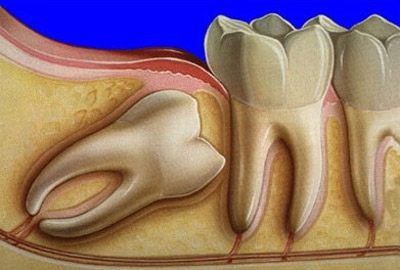All efforts are made to ensure the longevity of your natural teeth, though there are occasions where it is more beneficial to extract a tooth than keep it.
Two types of extractions can occur: a non-surgical, or simple extraction which involves removing a tooth that is above the gum line and a surgical extraction which involves extracting a tooth that is below the gum line or severely damaged. Certain anesthesia can be used for both procedures, depending on the severity of the case. Though local anesthetic is used for both procedures. After being properly numbed, the tooth can be removed. During both types of procedures, you can expect to feel pressure, but no pain. It is extremely important to make sure you do not smoke or use a straw as it could dislodge the blood clot that forms after the tooth is extracted. If the blood clot is dislodged, you could cause a dry-socket to form. Dr. Arauz will fill the empty socket with either bone graft or collaplug (an absorbent collagen) to avoid the formation of a dry socket. Both options are occasionally done in preparation for a dental implant.
Non-Surgical or “Simple” Extractions
Non-surgical or “simple” extractions are done for teeth that are simply decayed or damaged beyond cosmetic repair, but are visible in the mouth and above the gumline. After the area has been numbed using local anesthetic, Dr. Arauz will use specific instruments to loosen the tooth from the socket. Once it is loosened with the use of an instrument called an elevator, Dr. Arauz will use forceps to successfully extract the tooth. This is generally a quick procedure and has simple post-op instructions.
Surgical Extractions
Surgical extractions are done for impacted teeth such as a wisdom tooth or badly decayed or broken teeth. These kinds of situations require a small incision in the area to best access the tooth. Once the tooth is fully exposed, it can be removed with forceps. Occasionally, the tooth will have to be removed in pieces. After the tooth is removed, Dr. Arauz will suture any gaps that are in your gums from the removal and fill the area with bone graft or collaplug. This will aid in the healing and minimize the bleeding following the procedure. Surgical extractions require a bit more maintenance after, all of which will be covered after your procedure.






